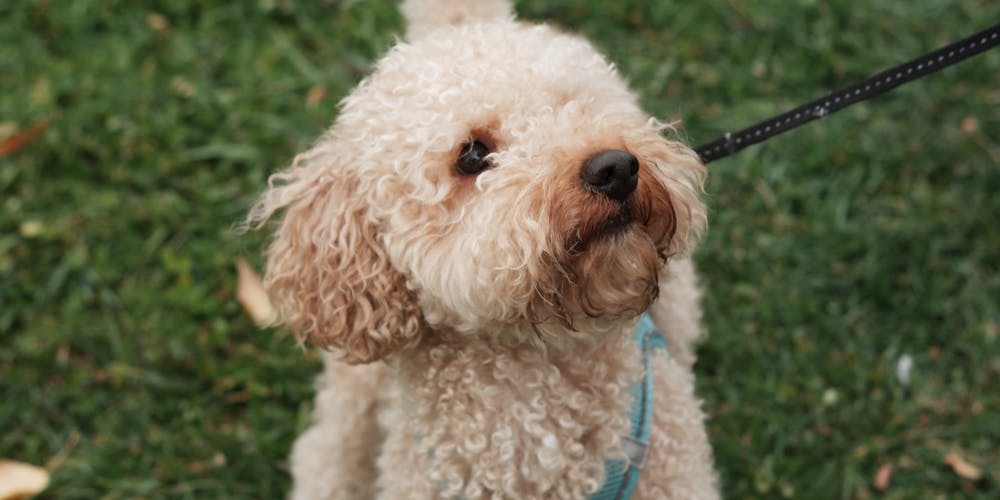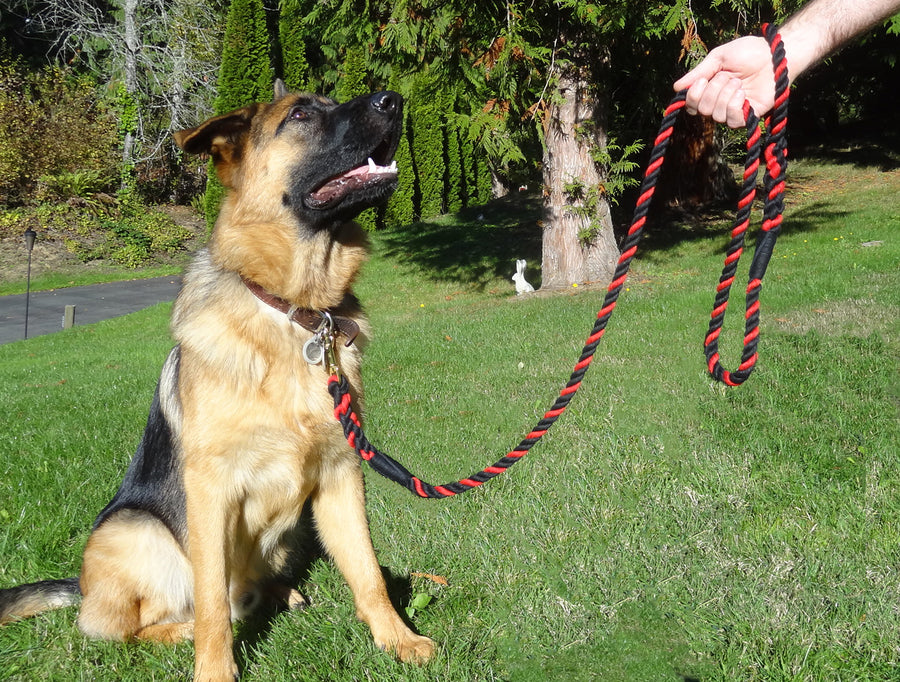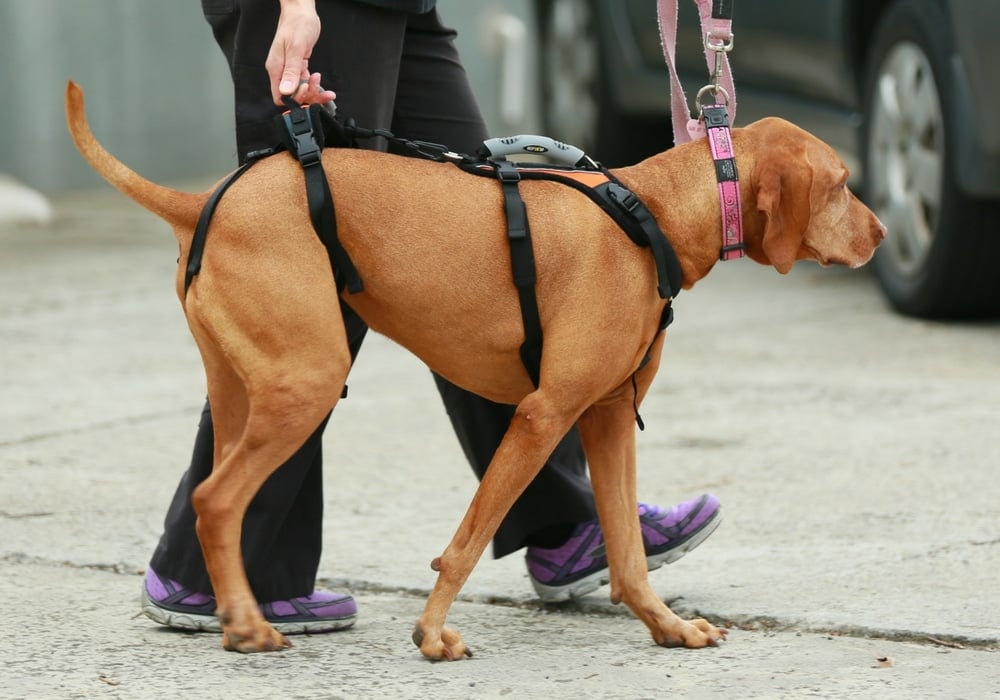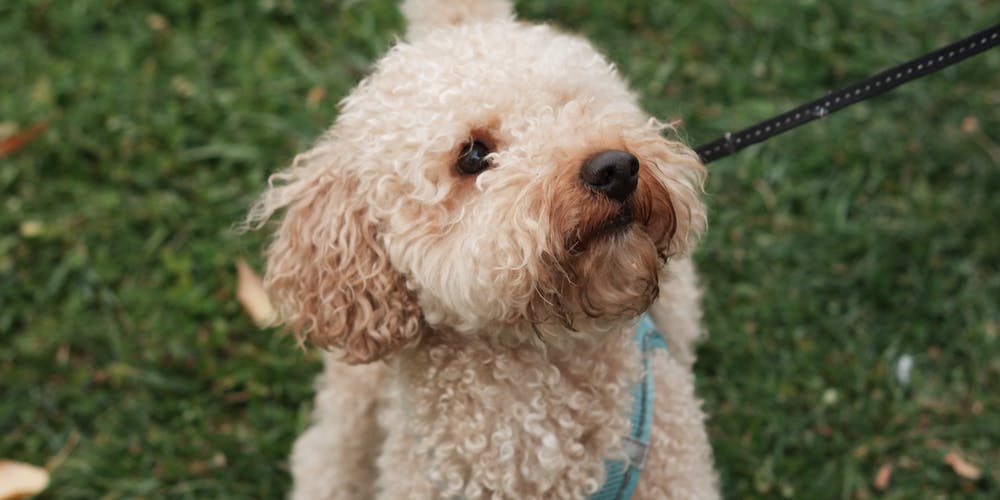Bringing a dog into your home is a joyous and exciting experience. Dogs have been known as man's best friend for centuries and for good reason. They provide companionship, love, and are great sources of entertainment. However, owning a dog also comes with a great deal of responsibility. One of the most important responsibilities you have as a dog owner is ensuring their safety. This includes choosing a durable leash that will keep them secure while out on walks or in public spaces. In this article, we will guide you through the process of selecting a durable dog leash, including factors to consider, types of leashes available, and tips for proper use and maintenance.
Factors to Consider When Selecting a Durable Dog Leash

Before purchasing a dog leash, it's important to consider a few key factors to ensure that you select the right one for your furry friend. Here are some things to keep in mind:
1. Material
The material of the leash is an important factor to consider when looking for durability. Common materials used for dog leashes include nylon, leather, and rope. Nylon is a popular choice as it is strong, lightweight, and easy to clean. Leather leashes are also durable but may require more maintenance. Rope leashes can be durable depending on the quality of the rope, but they may not be suitable for larger dogs as they can cause rope burns.
Sub Heading 1: Pros and Cons
- Nylon: Pros - strong, lightweight, easy to clean. Cons - may not be suitable for heavy chewers.
- Leather: Pros - durable, stylish. Cons - may require more maintenance, not suitable for water activities.
- Rope: Pros - durable, cost-effective. Cons - may not be suitable for large dogs, can cause rope burns.
Sub Heading 2: Tips for Selection
- Consider your dog's size and habits. If you have a strong, large dog, a leather or rope leash may be more suitable.
- Take into account the weather conditions in your area. If you live in a wet climate, a nylon leash may be a better choice as it dries quickly.
- Research the quality of the material before purchasing. Look for reviews from other dog owners to ensure durability.
2. Length
The length of the leash is another important factor to consider. The standard length for dog leashes is usually 4-6 feet, but longer and shorter options are available. A longer leash may give your dog more freedom to roam, but it also increases the risk of tangling or getting caught on objects. On the other hand, a shorter leash offers more control but can limit your dog's movement.
Sub Heading 1: Pros and Cons
- Longer Leash: Pros - allows for more freedom, good for training. Cons - increased risk of tangling, less control.
- Shorter Leash: Pros - more control, suitable for crowded areas. Cons - limits movement, not suitable for training.
Sub Heading 2: Tips for Selection
- Consider your dog's personality and training needs. A longer leash may be beneficial for training, while a shorter leash may be necessary for dogs with a tendency to pull or wander.
- Think about where you will primarily be using the leash. A shorter leash may be more suitable for urban areas, whereas a longer leash may be better for open spaces.
- Keep in mind any local regulations regarding leash lengths.
Types of Dog Leashes

There are various types of dog leashes available, each with its own advantages and disadvantages. Here are some of the most common types:
1. Standard Leash
The standard dog leash is the most commonly used type. It consists of a single strap or cord with a handle at one end and a clip to attach to the dog's collar or harness at the other end. Standard leashes come in various lengths, materials, and designs.
Sub Heading 1: Pros and Cons
- Pros: Versatile, easy to use, suitable for all breeds and sizes.
- Cons: Limited control, can cause hand fatigue.
Sub Heading 2: Tips for Selection
- Consider the material and length as discussed earlier.
- Look for added features such as reflective strips for visibility during nighttime walks.
2. Retractable Leash
Retractable leashes have gained popularity in recent years due to their convenience. They consist of a retractable cord or tape that extends from a plastic handle. The length of the leash can be adjusted using a button or lock, allowing your dog more freedom to roam.
Sub Heading 1: Pros and Cons
- Pros: Adjustable length, provides some control, suitable for open areas.
- Cons: Can cause injuries if not used properly, may malfunction, not suitable for training.
Sub Heading 2: Tips for Selection
- Research the brand and quality before purchasing. Cheap retractable leashes may break easily, putting your dog at risk.
- Use caution when walking near busy roads or in crowded areas. Always keep your dog on a short leash for safety.
3. Harness Leash
Harness leashes combine a harness and leash into one piece. The leash is attached to a harness that goes around the dog's chest or shoulders instead of attaching to a collar. This type of leash is suitable for dogs who tend to pull or have neck issues.
Sub Heading 1: Pros and Cons
- Pros: Reduces strain on the dog's neck, provides better control, suitable for dogs with respiratory issues.
- Cons: May not be suitable for all breeds, may take some getting used to.
Sub Heading 2: Tips for Selection
- Consider your dog's size and breed when selecting a harness leash.
- Look for adjustable straps to ensure a comfortable fit for your dog.
- Train your dog to walk on a harness leash properly to prevent any accidents or injuries.
Proper Use and Maintenance of Dog Leashes

Now that you have selected the right dog leash for your furry friend, it's important to use and maintain it properly to ensure its durability. Here are some tips:
1. Proper Usage
- Always attach the leash to a collar or harness securely.
- Hold the leash firmly but avoid pulling or jerking it to prevent injuries.
- Pay attention to your surroundings and keep your dog on a short leash in crowded areas.
- Don't leave your dog unattended while on a leash to avoid tangling or accidents.
2. Cleaning and Storage
- Clean your dog's leash regularly to prevent dirt and bacteria buildup.
- Follow the manufacturer's instructions for cleaning based on the material.
- Store the leash in a dry place away from direct sunlight to prevent damage.
3. Regular Inspections
- Check the leash for any signs of wear and tear.
- Replace the leash if it becomes frayed, damaged, or weak.
- Inspect the clip regularly to ensure it is secure and functioning properly.
FAQs About Selecting a Durable Dog Leash

What is the best material for a durable dog leash?
The best material for a durable dog leash depends on your dog's size, habits, and your environment. Nylon, leather, and rope are all popular choices, but be sure to research the quality before purchasing.
How do I know what length leash is suitable for my dog?
Consider your dog's personality and where you will primarily be using the leash. A longer leash may be suitable for training, while a shorter leash may be better for crowded areas.
Can I use a retractable leash for training?
No, retractable leashes are not recommended for training as they do not offer enough control and can cause injuries if not used properly.
How often should I clean my dog's leash?
It's best to clean your dog's leash regularly, especially after walks in muddy or dirty areas. Follow the manufacturer's instructions for cleaning based on the material.
What should I do if my dog's leash becomes damaged?
If your dog's leash becomes damaged, replace it immediately to ensure their safety. Regular inspections and proper maintenance can help prevent damage to your dog's leash.
Conclusion

Selecting a durable dog leash is an important responsibility for every dog owner. By considering factors such as material and length, researching different types of leashes, and properly using and maintaining the leash, you can ensure the safety and comfort of your furry friend during walks and outings. Remember to always prioritize your dog's well-being when making any decisions regarding their leash.



